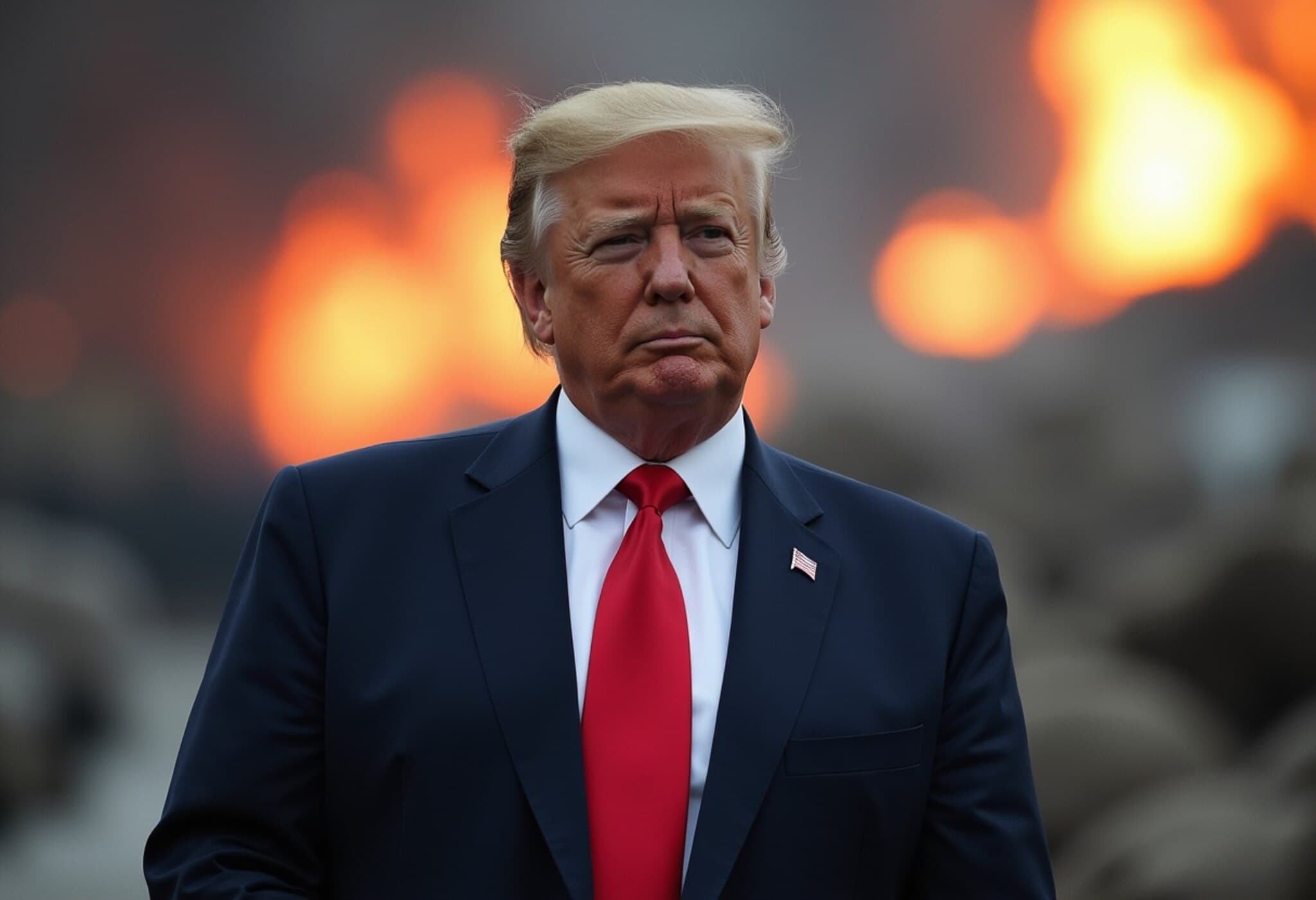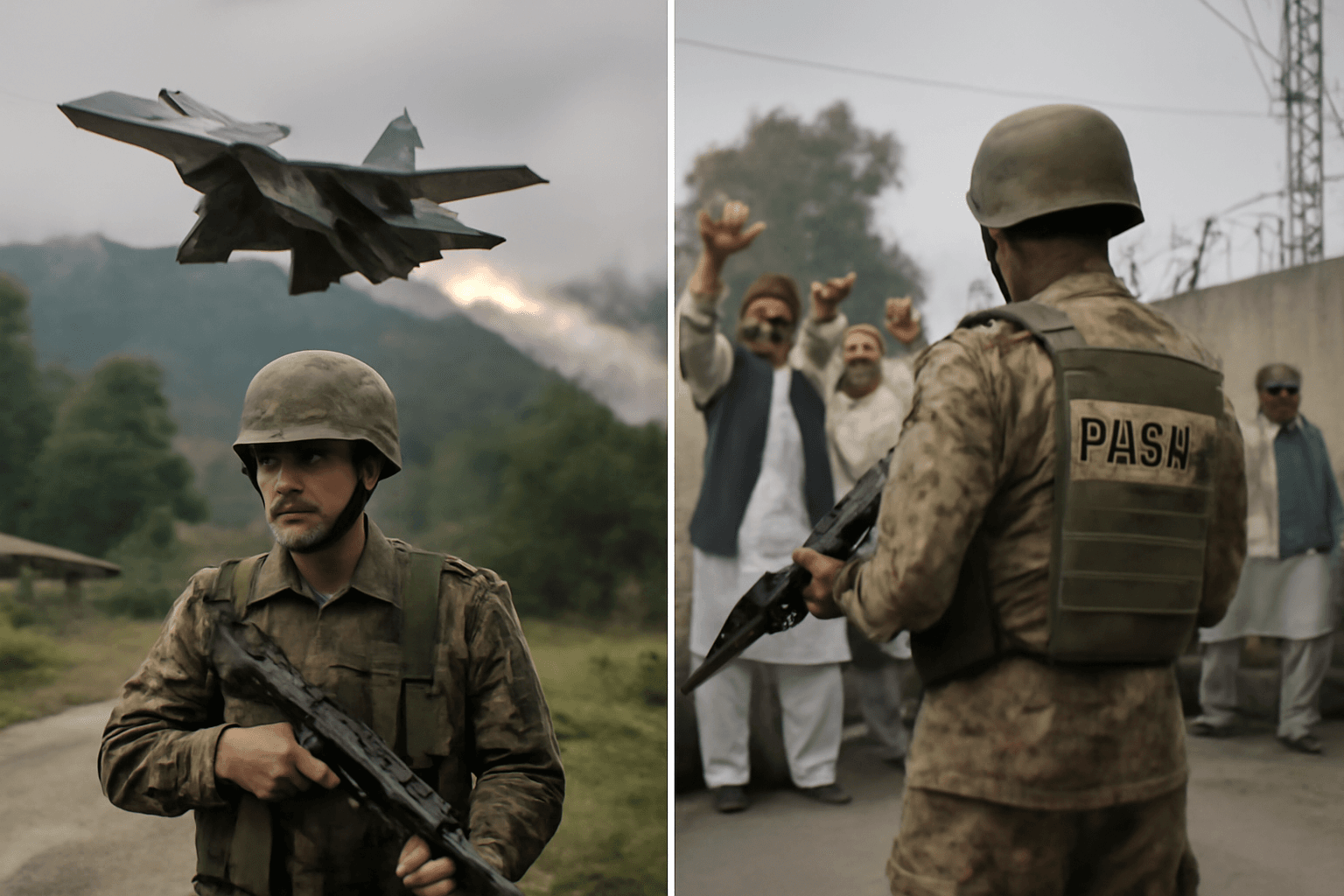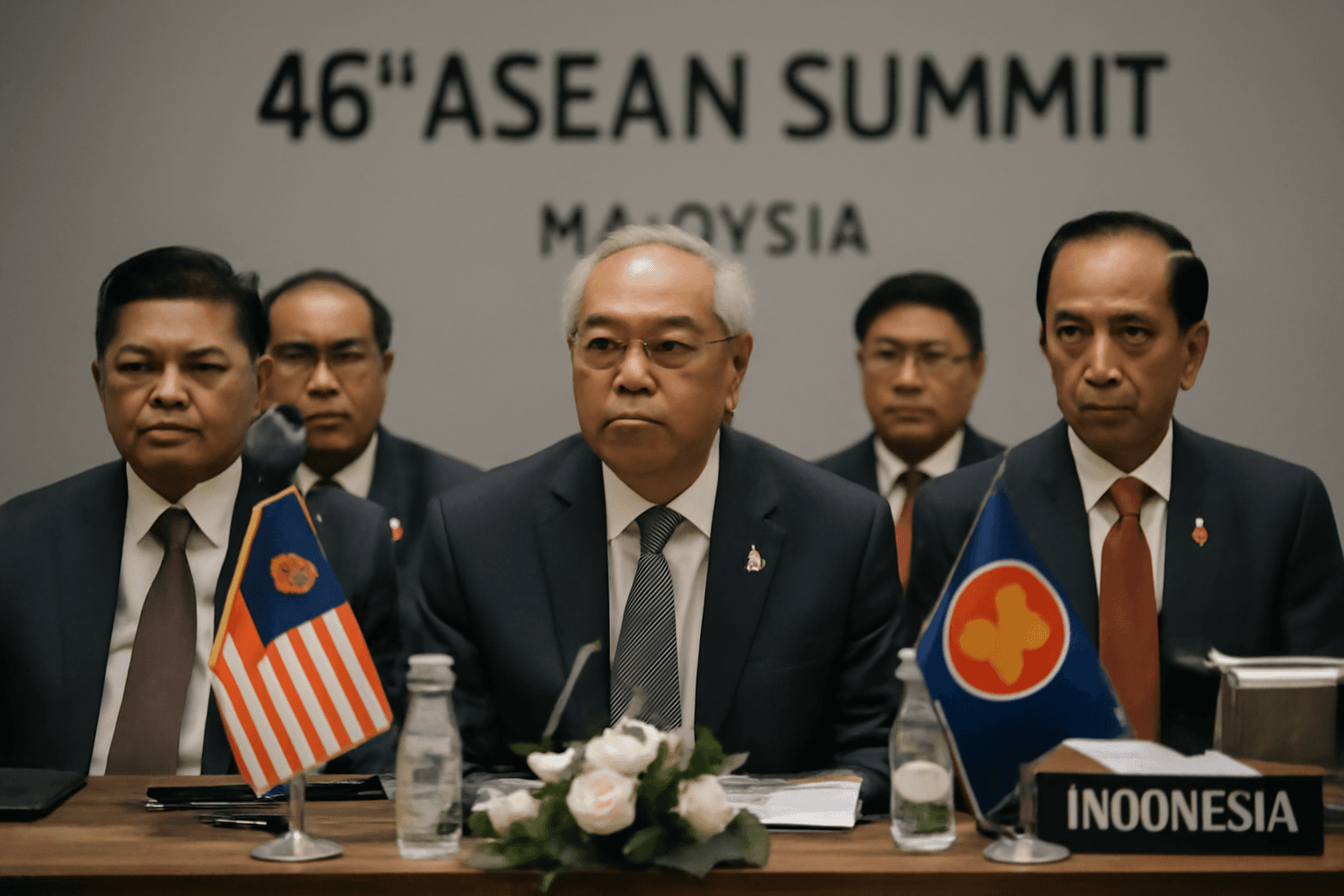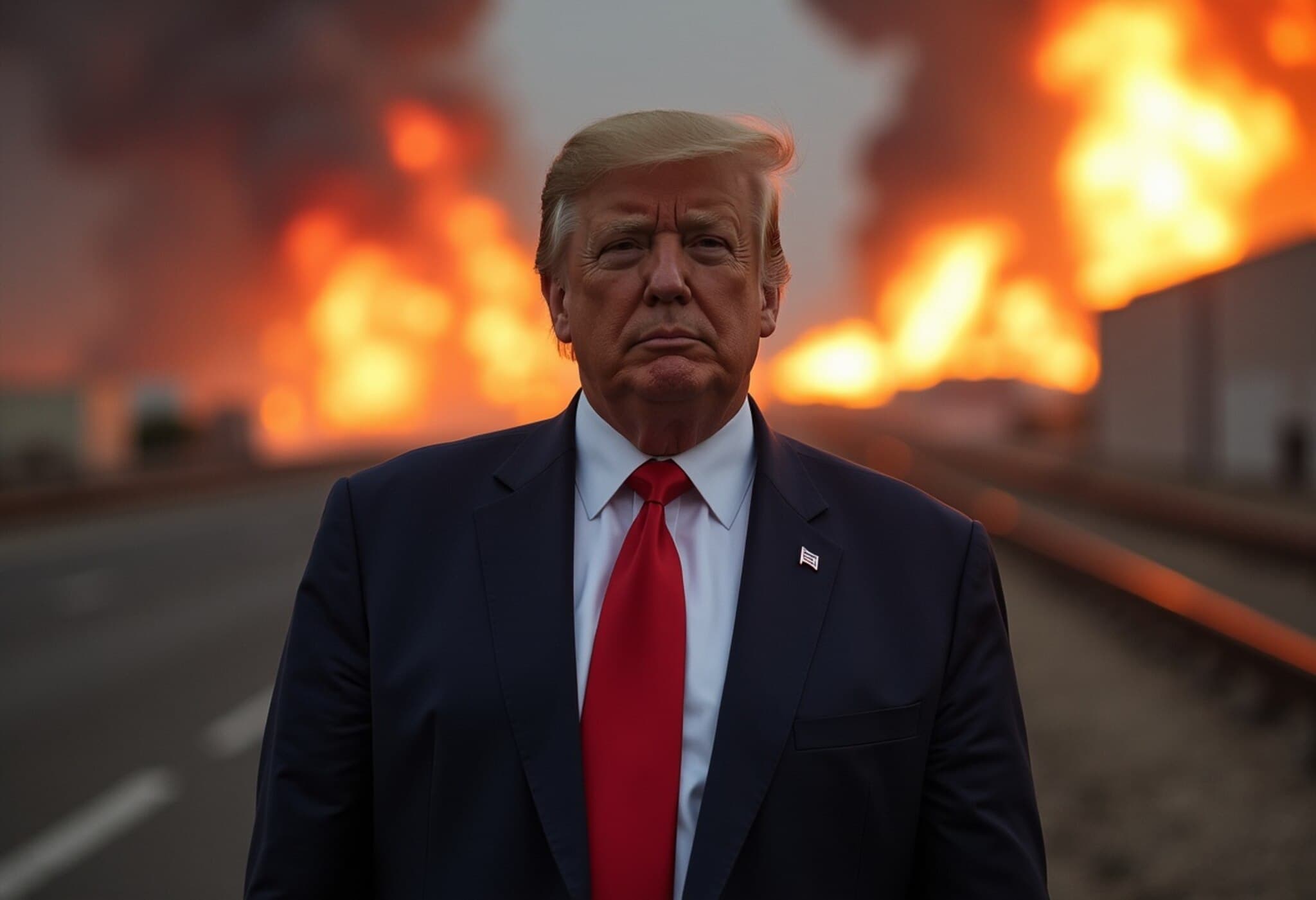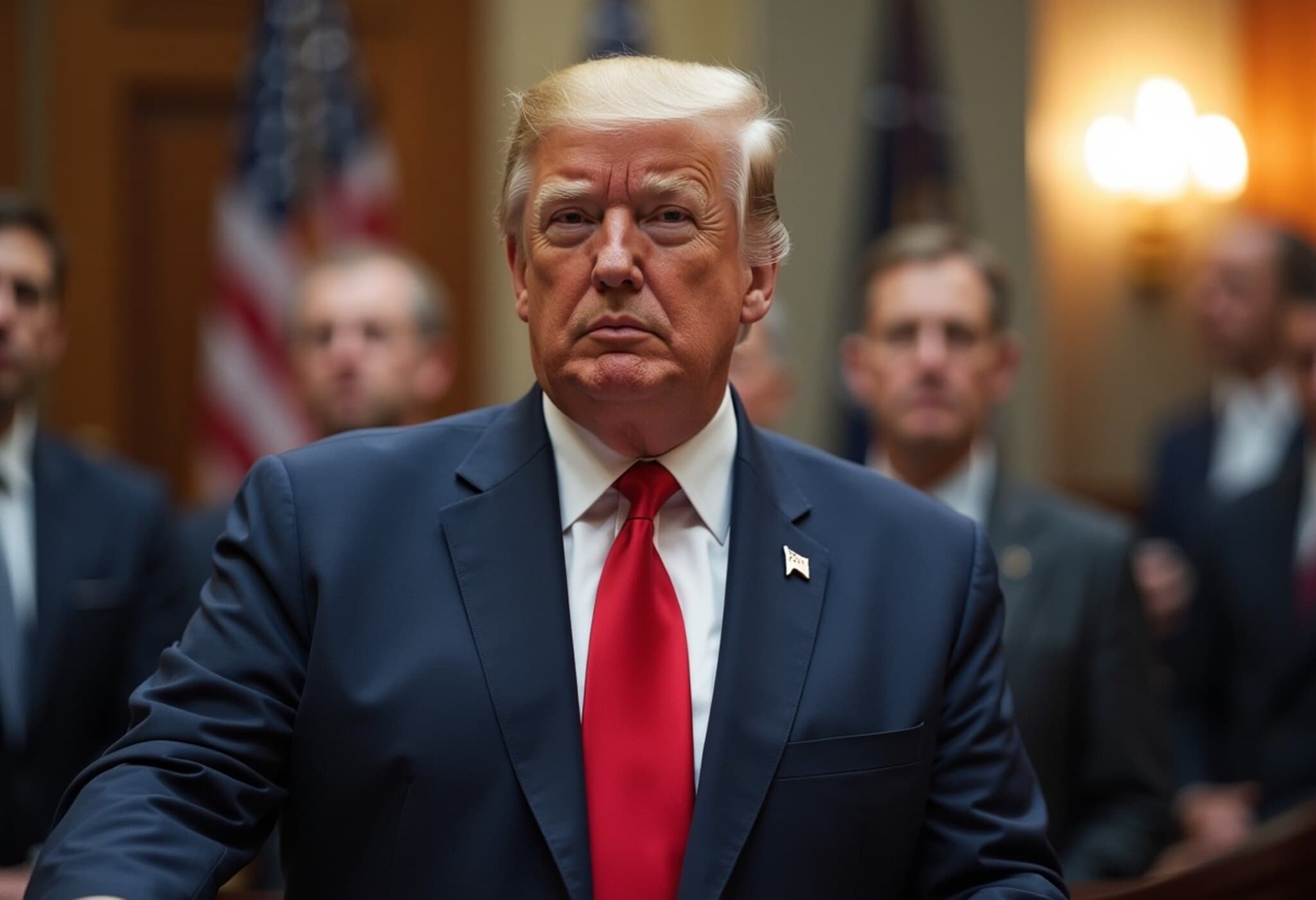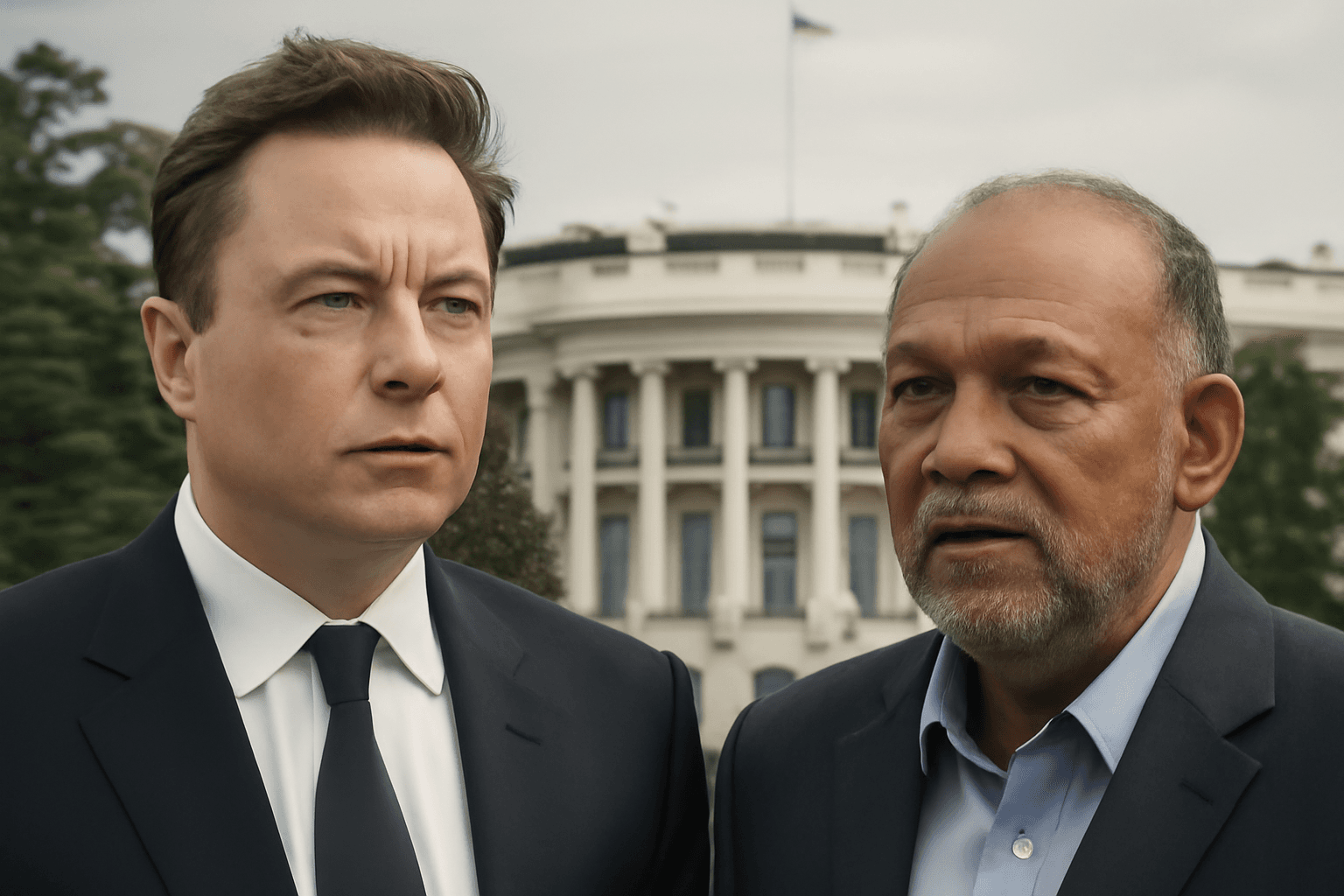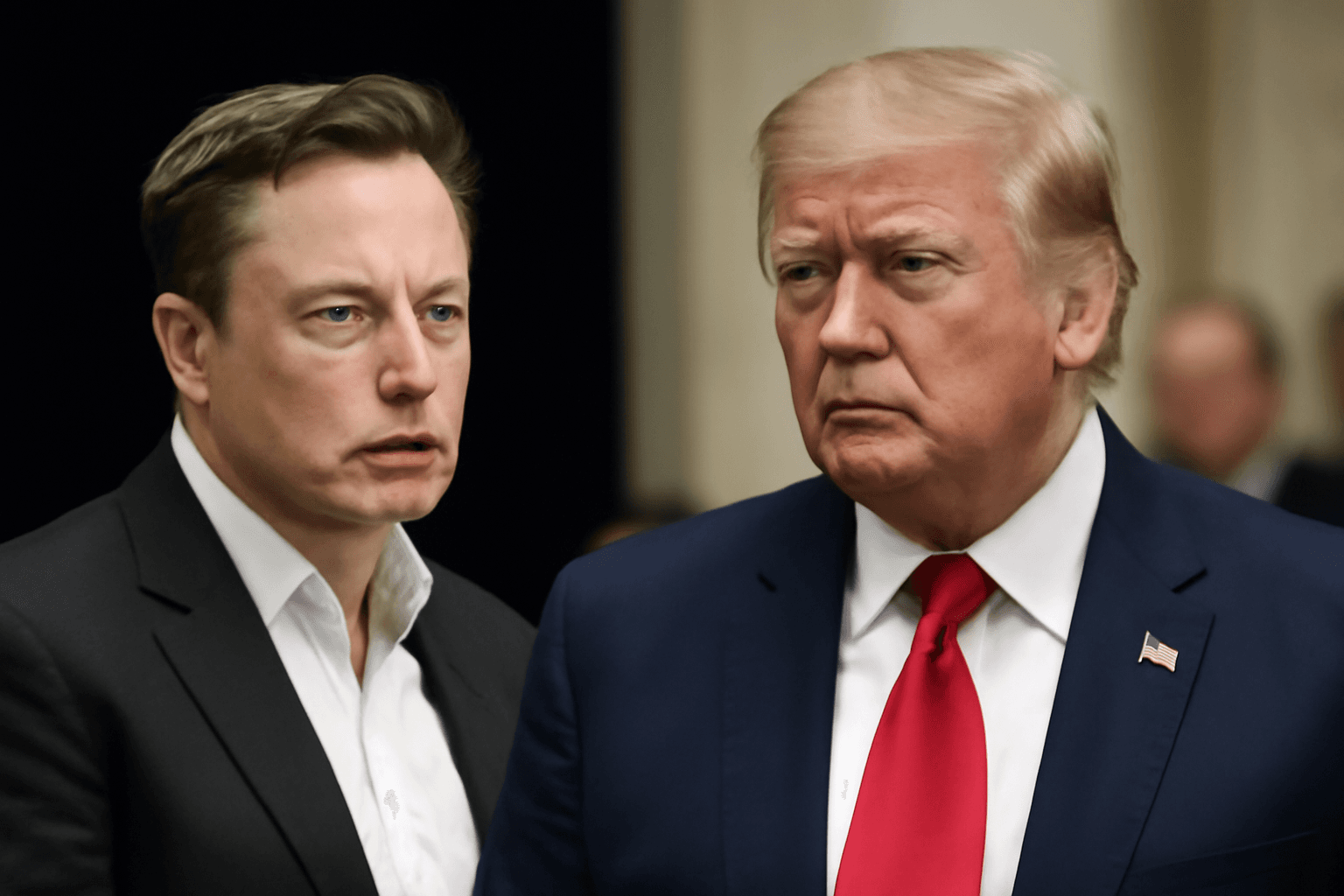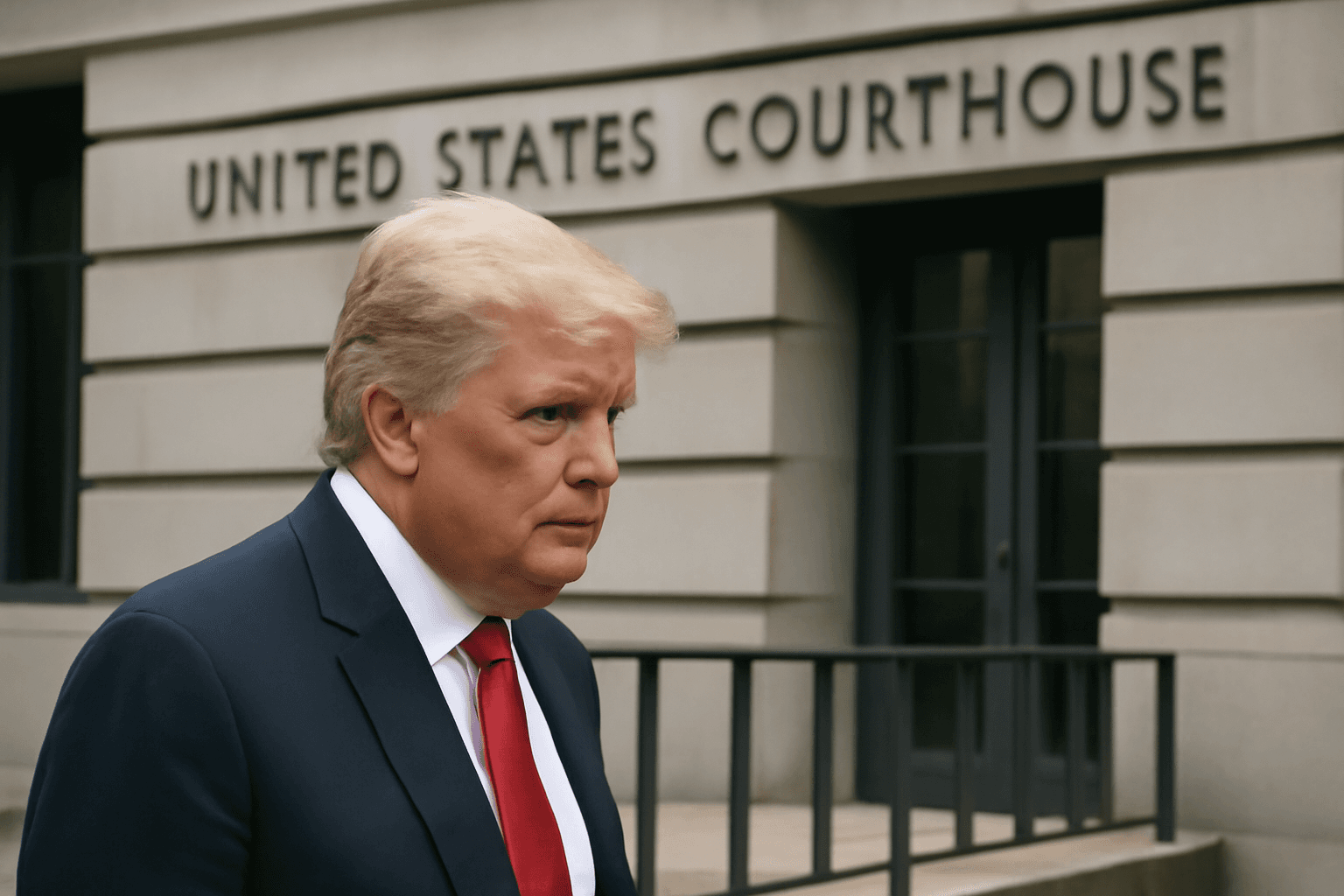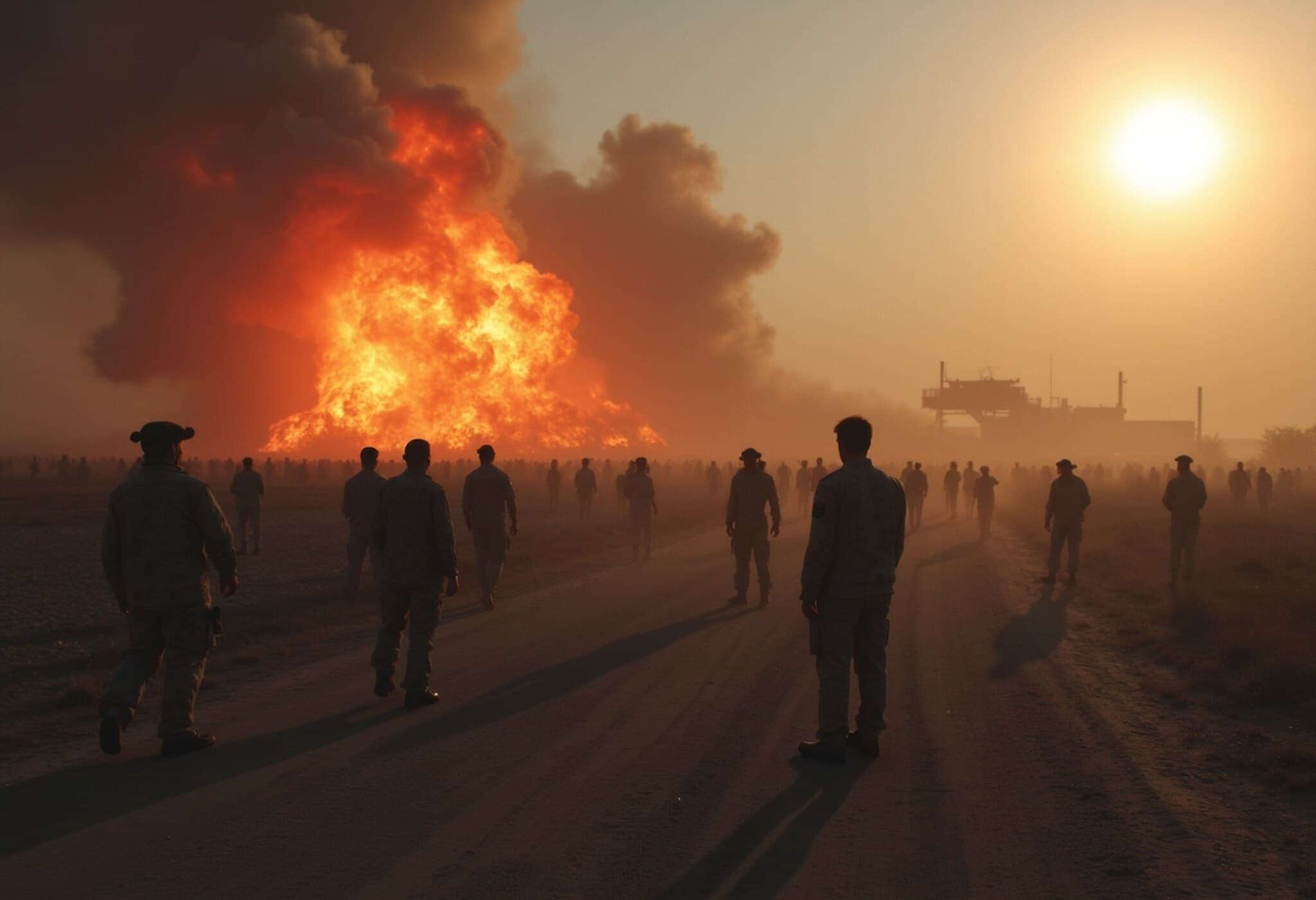The Constitutional Debate Over US War Powers Reignited
President Donald Trump's recent airstrikes on Iran’s nuclear facilities have thrust the constitutional limits of presidential war-making into the spotlight, reviving a debate that has simmered since the nation’s founding in 1787. Without prior consultation or approval from Congress, the strike targeted key nuclear sites in Fordow, Natanz, and Isfahan using precision-guided munitions.
The Immediate Fallout: Rising Tensions and Global Concerns
While Iran refrained from declaring war, its officials warned of inevitable retaliation. At an urgent United Nations Security Council session, Iran’s ambassador accused the US of undermining diplomacy and signaled that the timing and scope of their response rests solely with their military leaders. Iran’s swift diplomatic outreach to Russia further highlights the potential for this conflict to expand beyond bilateral tensions.
Back in the US, administration officials described the attack as a narrow operation aimed at halting nuclear escalation rather than an outright war. Yet, President Trump’s public message hinting at regime change in Iran sparked further speculation about the administration's true objectives, feeding market jitters and concerns over regional stability and nuclear non-proliferation.
Understanding Who Holds the Power to Declare War
The US Constitution clearly vests the authority to declare war in Congress (Article I, Section 8). This design was meant as a deliberate check against unchecked executive power—an echo of colonial fears of monarchs waging war on a whim. Meanwhile, the president, as Commander in Chief (Article II), directs armed forces once a conflict is authorised and can respond rapidly to sudden attacks.
Historical precedents, such as President Lincoln’s blockade of Southern ports before Congress formally declared war in 1861, illustrate the flexibility but also limitations of these powers. Since then, the US has formally declared war only 11 times, mainly in major conflicts from the 19th and 20th centuries.
Declaring War: US Historical Timeline
- War of 1812 – Declaration against Great Britain
- Mexican-American War (1846)
- Spanish-American War (1898)
- World War I & II – Declarations against Germany, Austria-Hungary, Japan, Italy, Bulgaria, Hungary, Romania
The Post-1945 Shift: Executive Power Expands
Since World War II, formal declarations of war have given way to presidential military actions without explicit congressional approval. Starting with President Truman’s Korean War intervention framed as a UN “police action,” subsequent administrations engaged in conflicts—Vietnam escalation by Kennedy, secret bombings in Cambodia under Nixon—without formal war declarations.
These moves culminated in the War Powers Resolution of 1973, aimed to reassert Congress’s role by requiring presidents to notify Congress within 48 hours of hostilities and withdraw forces after 60 days unless authorised. Despite this, every president since has found ways to circumvent or ignore these requirements, rendering the law largely ineffective.
Why the War Powers Act Has Limited Impact
Although designed to curb unilateral military action, the War Powers Act lacks enforcement mechanisms. President Trump’s Iran strike, executed without notifying Congress, is the latest example of executive overreach critics label as legally dubious under both US and international law.
This pattern is not new. Past presidents—from Reagan’s Grenada invasion to Clinton’s bombing of Serbia and Obama’s prolonged campaigns against ISIS—have similarly bypassed Congress, justifying rapid responses as necessary. Technological advances in drones and cyber capabilities further facilitate swift military actions with minimal direct involvement.
The 2001 AUMF: A Broad Mandate Enabling Endless Engagement
A significant enabler of executive authority has been the Authorization for Use of Military Force (AUMF), passed after 9/11. Originally intended to combat al-Qaeda, this resolution has been stretched to cover conflicts in over seven countries and against groups like ISIS, often without fresh congressional approval. Attempts to revise or repeal the AUMF have so far failed, leaving presidents with a nebulous legal foundation for ongoing military operations.
A Constitutional Crossroads
The recent strikes on Iran starkly highlight the tenuous balance between executive action and congressional authority over war. Legal scholars and policymakers warn that unchecked presidential war powers threaten to strip Congress of one of its most fundamental functions. Despite campaign promises to reduce foreign entanglements, this episode underscores how unresolved constitutional ambiguities continue to shape America’s engagement in global conflicts.

